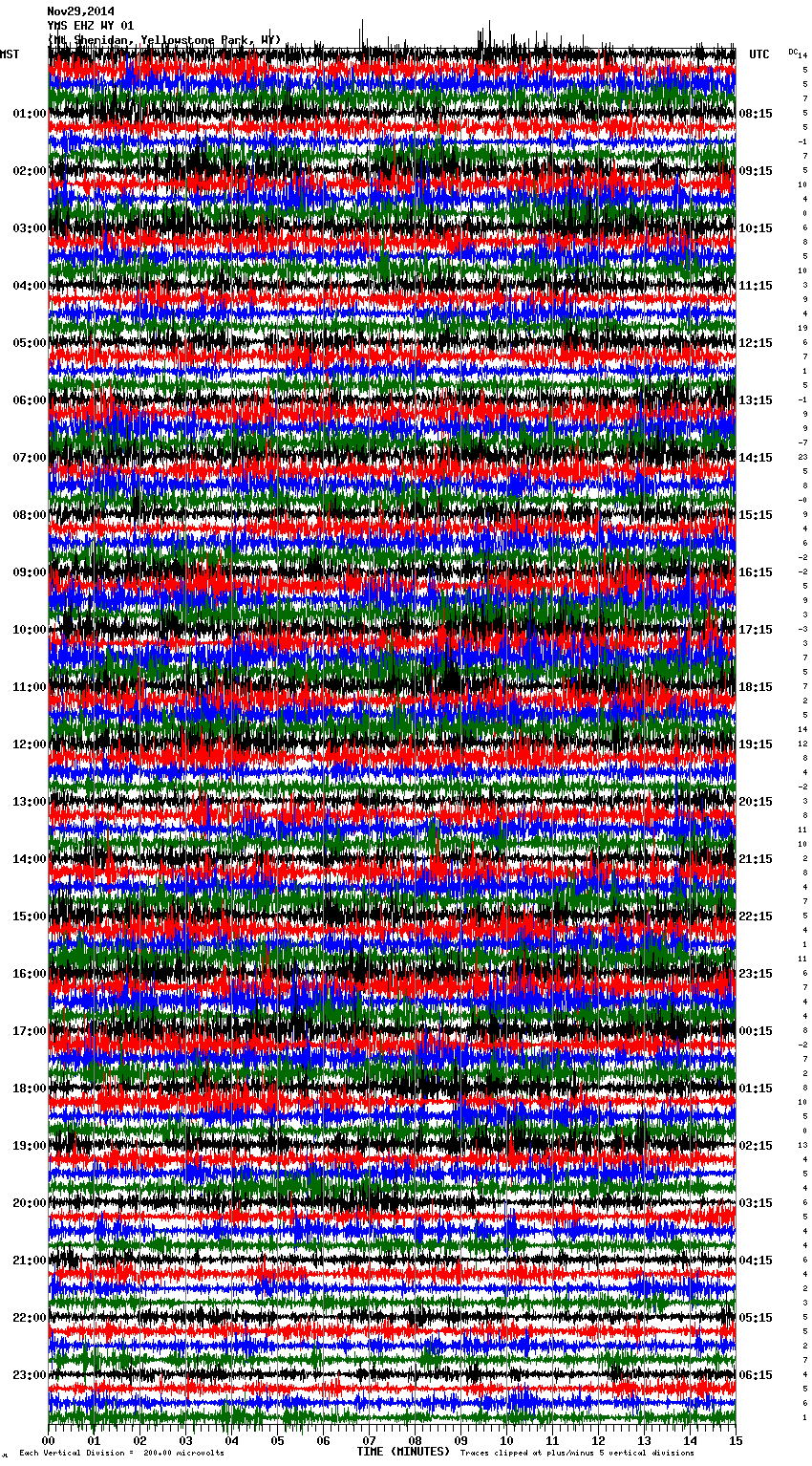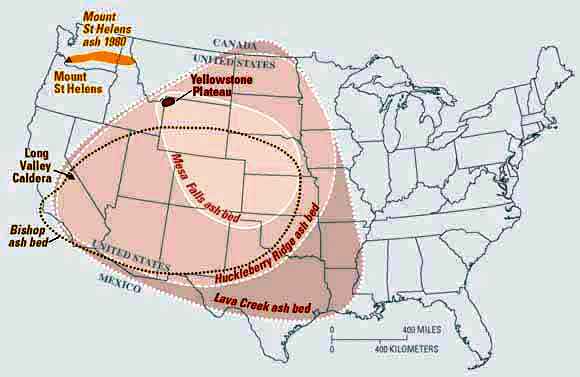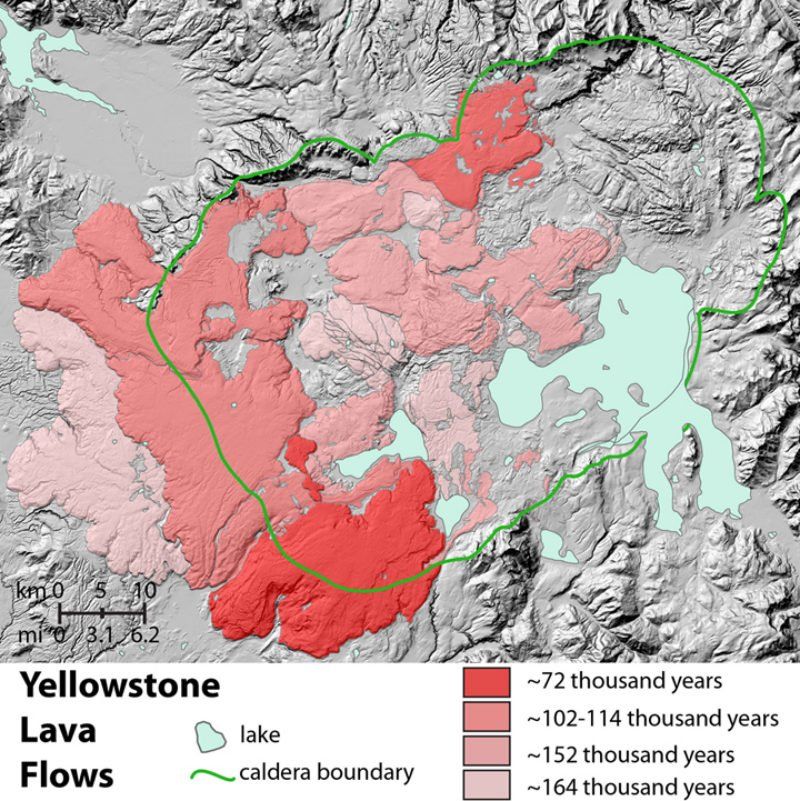
Yellowstone Supervolcano About To Blow?
From writer Lavender Rose via Before It’s News (source): These clusters of earthquakes at the Yellowstone Park Caldera is not a good sign. Take very seriously these data points and ask yourself: would you be prepared if this blew? I watch these charts daily and this kind of violent movement says to me, the magma is moving. Just like the supervolcano in Japan went off, the Yellowstone volcano may be next.
In addition, a new vent opened up recently that goes right into Mt. Saint Helens. Scientists believe that the helium is slipping out of rocks that were formed during the Archaean eon, about 2.5 billion years ago,
But now they are coming out again from Yellowstone Park – NOT A GOOD SIGN. Yellowstone releases gases ranging from carbon dioxide to methane. Not only was there a sudden rise in the elevation of the ground and development of new cracks, but a gas called Helium-4, a very rare type of Helium, has begun coming out of the surface.

BYPASS THE CENSORS
Sign up to get unfiltered news delivered straight to your inbox.
You can unsubscribe any time. By subscribing you agree to our Terms of Use
Bill Evans, a researcher with the USGS in Menlo Park, California, explained how the helium is released: “Volcanoes most always form on the edges of tectonic plates that make up the Earth’s crust. Yellowstone sits directly over the middle of a plate, it’s a part of the crust that formed a very long time ago, billions of years ago, and it’s basically been stable since that time. They’ve had this boring, peaceful existence and now suddenly they’re put on the front burner.”
The animals and birds have been dying off and now are we all in danger? This is the chemical (Helium-4) that was seen prior to many recent volcanos erupting.
Measurements from other GPS stations in northern Yellowstone show smaller displacements, forming a circular pattern of deformation (circular — as in the round mouth of a volcano) consistent with a minor pressurization (building-up underground), about 6 to 10 km (4-6 miles) deep, near Norris Junction.
The volcanic island of El Hierro, the smallest of Spain’s Canary Islands, rumbled and groaned over the course of seven months in 2011 and 2012, gases silently percolated up through the island’s soil and groundwater.
Eventually, a spectacular plume appeared off the southern coast of the island, a sign that El Hierro volcano, an underwater volcano just offshore, had finally erupted.
“We believe that helium can anticipate the detection of magmatic movement even before those movements can be detected by seismic activity,” said Eleazar Padrón, a geochemist at Spain’s Technological Institute for the Renewable Energies, who led the work.
Researchers have been using gas emissions to forecast volcanic eruptions for at least 30 years, but they usually focus on carbon dioxide, the second most abundant gas (after water vapor) in volcanic eruptions.
Helium, a noble gas, is a better candidate for tracking and forecasting eruptions, because it doesn’t react with rocks or groundwater and microorganisms don’t consume or produce helium.
Because of these properties, helium has been considered by geochemists as an almost ideal geochemical indicator that an eruption is near. Padrón and his team found that measuring the flow of helium in El Hierro island’s soil and water gave them clues as to when magma under the island was moving and how close it was to the surface — both important factors in forecasting a volcanic eruption.
Researchers had been busy collecting and analyzing the Helium gas content of more than 8,000 soil and water samples. Data can now be used to monitor volcanos and forecast future eruptions here: link to www.livescience.com
Latest posts by Royce Christyn (see all)
- Irish Slaves – What The History Books Will Never Tell You - November 1, 2017
- Government Op Who Predicted Super Bowl Score Warns Of Nuclear War - February 18, 2017
- Video: Why Voting Doesn’t Change Anything & Democracy Is A Lie - May 7, 2016







Be the first to comment